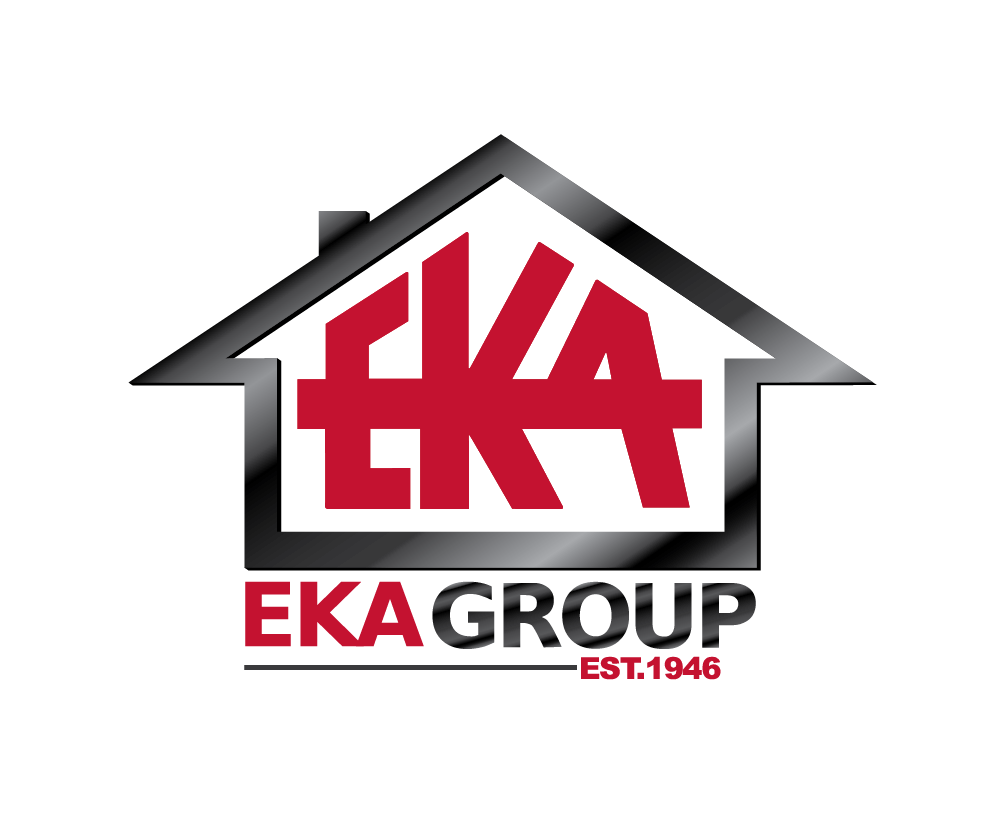
Innovative Uses of PVC Wall Panels Transforming Modern Interior Design
In recent years, Pvc Wall Panels have emerged as a game-changing material in the realm of modern interior design. Their innovative applications not only enhance aesthetic appeal but also offer practical benefits that traditional materials cannot match. From residential spaces to commercial environments, PVC wall panels are transforming the way we think about walls, surfaces, and overall design concepts.
With a plethora of styles, colors, and textures available, they provide designers with the flexibility to create unique and personalized spaces. Additionally, the durability, water resistance, and ease of maintenance associated with PVC wall panels make them an ideal choice for diverse applications, ranging from kitchens and bathrooms to office settings.
As interior design continues to evolve towards more sustainable and cost-effective solutions, understanding the reasons behind the rising popularity of PVC wall panels becomes essential for both designers and homeowners alike.
Exploring the Versatility of PVC Wall Panels in Interior Spaces
PVC wall panels are emerging as a transformative element in modern interior design, thanks to their remarkable versatility. As reported by the Global PVC Market Analysis, the demand for PVC materials in construction has consistently risen, with an expected growth rate of 5.4% annually through 2025. This increase underlines the growing popularity of PVC wall panels not just for their aesthetic appeal but also for their practical applications. From residential homes to commercial spaces, these panels offer a variety of design options that cater to different styles, from sleek minimalist setups to bold, vibrant designs.
The adaptability of PVC wall panels is also evident in their functionality. Industry data highlights that these panels are moisture-resistant, making them ideal for high-humidity areas such as bathrooms and kitchens. This characteristic has contributed to their penetration into sectors like retail and hospitality, where durability and ease of maintenance are paramount. Furthermore, with advancements in printing technology, designers can now use these panels to replicate the look of natural materials like wood or stone, providing a cost-effective solution that does not compromise on style. As designers continue to explore the flexibility of PVC wall panels, their role in reinventing interior spaces is undeniably significant.
Innovative Uses of PVC Wall Panels in Modern Interior Design
Creative Installation Techniques for Stunning Visual Effects
PVC wall panels have emerged as a versatile option in modern interior design, offering both aesthetic appeal and practicality. One of the most exciting aspects of these panels is the variety of creative installation techniques that can be employed to achieve stunning visual effects. For instance, using a herringbone pattern can add a dynamic and sophisticated touch to any room. By varying the orientation of the panels, designers can create striking focal points that draw the eye and elevate the overall design.
**Tip:** When installing PVC wall panels, experiment with different color combinations to enhance the visual impact. Light shades can make a space feel larger, while bold tones can create a dramatic ambiance. Additionally, consider backlighting certain panels to add depth and intrigue to your design.
Another innovative technique involves combining PVC panels with other materials such as wood or metal. This mixed-media approach can give a unique texture and dimension to your interior spaces. For example, pairing matte PVC panels with glossy metal accents can create a beautiful contrast that highlights both materials.
**Tip:** Invest in high-quality adhesive and tools to ensure a smooth installation process, allowing you to achieve precision and a seamless look. Planning your layout carefully can also save time and effort, leading to a polished final outcome.
Incorporating PVC Panels into Sustainable Design Practices
In recent years, PVC wall panels have emerged as a game-changer in sustainable interior design practices. These panels not only offer aesthetic versatility but also align with eco-friendly principles, making them an attractive option for modern designers. According to a report from the Green Building Council, utilizing PVC materials can lead to a reduction in carbon emissions by up to 30% compared to traditional materials. This shift towards sustainable materials reflects a growing trend in the industry, where 60% of architects now prioritize eco-friendly products in their designs.
Incorporating PVC panels into interior spaces allows for creative flexibility and lightens the overall environmental footprint of a project. Designers can take advantage of various textures and finishes while reducing waste, as PVC panels are often manufactured with recycled materials. This practice not only enhances the visual appeal but also promotes a circular economy in design.
Tips: When selecting PVC panels, consider choosing options that are certified for low VOC (volatile organic compounds) emissions to further enhance indoor air quality. Additionally, performing a lifecycle assessment can help identify the most sustainable options for your project, ensuring that the choices made today will have lasting benefits for both clients and the environment.
Enhancing Acoustic Performance with PVC Wall Panels
Innovative uses of PVC wall panels are rapidly transforming modern interior design, particularly in enhancing acoustic performance. These panels not only provide aesthetic versatility but also play a crucial role in sound absorption. Recent studies have shown that incorporating advanced materials and coatings into wall panels can significantly improve acoustic properties. For instance, microperforated panels enhanced with nanofibre coatings demonstrate broader absorption bandwidths and increased absorption coefficients, making them ideal for both residential and commercial spaces.
In tandem with the rise of sustainable design, the interest in waste-based acoustic panels is also gaining momentum. The market for these eco-friendly solutions is projected to reach USD 4.5 billion by 2024, with a robust growth rate of 6.6% annually through 2034. As innovations continue, manufacturers are increasingly focusing on multifunctional performance, emphasizing the integration of acoustic, thermal, and structural efficiencies in interior architecture. This shift reflects a broader trend in the industry towards creating spaces that not only look good but also improve overall sound quality and comfort.
Innovative Uses of PVC Wall Panels Transforming Modern Interior Design - Enhancing Acoustic Performance with PVC Wall Panels
| Application Area | Acoustic Benefit | Aesthetic Design | Durability | Cost-effectiveness |
|---|---|---|---|---|
| Residential Living Rooms | Noise Reduction of up to 40% | Modern and Sleek Finishes | Scratch and Water Resistant | Affordable Installation |
| Commercial Offices | Improved Privacy with Reduced Echo | Customizable Designs | Long-lasting Material | Cost-Effective Maintenance |
| Hotels and Hospitality | Enhanced Guest Comfort | Luxurious Appearance | Resistant to Humidity | Value for Money |
| Educational Institutions | Reduced Classroom Noise | Bright and Inviting Colors | Impact Resistant | Affordable Bulk Purchase Options |
Mixing Textures and Colors: Design Tips for Modern Interiors Using PVC
Incorporating PVC wall panels into modern interiors offers a versatile solution for homeowners and designers looking to enhance aesthetics while benefiting from practicality. According to a report by TechSci Research, the global PVC ceiling and wall panels market is projected to grow at a CAGR of over 7% between 2021 and 2026. This surge indicates the increasing acceptance of these materials in contemporary design, thanks to their robustness and affordability.
When mixing textures and colors, PVC panels can transform an ordinary space into a visually stunning environment. Designers recommend pairing glossy finish panels with matte textures to create depth. For instance, a mix of deep blue matte panels with a glossy white elevator allows for a striking contrast, creating a sense of modern sophistication. Additionally, using PVC panels in various colors can help define areas within open floor plans, enhancing functionality without sacrificing style. As highlighted by the Interior Design Report, an experimental color palette not only fosters creative expression but can also affect mood and behavior, making the careful selection of colors essential in crafting a modern interior.

